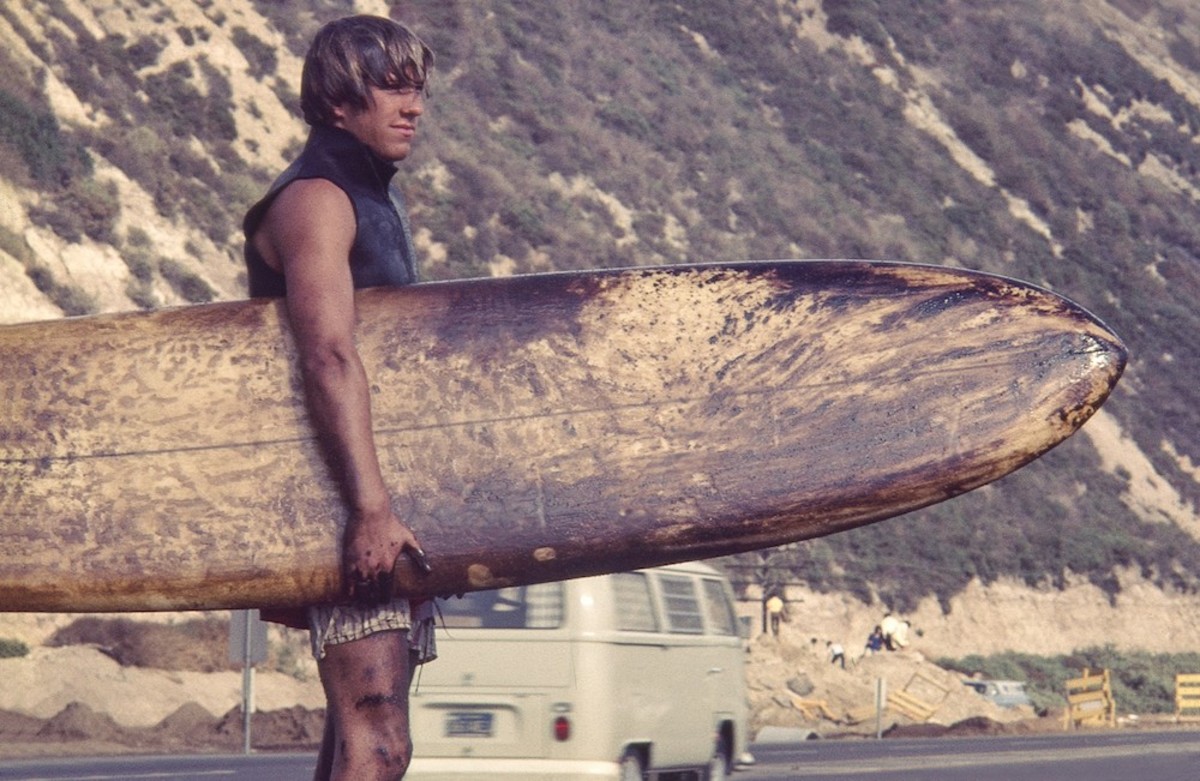Sunday, April 22nd marks the 48th celebration of Earth Day! In 1969, an oil spill off the coast of Santa Barbara ignited a spirit of environmental awareness that blossomed into Earth Day!  The Santa Barbara Channel, home to oil-rich sedimentary rock, has been drilled by petroleum producers for almost 100 years. The oil in this area lays deeper than most reserves and, to navigate the fluctuating topography of the sea floor, multiple wells must be constructed per platform. Additionally, the oil in Santa Barbara is bitumen, the semi-solid form of petroleum. Because bitumen is extremely viscous, natural gas is pumped into wells to “liquify” the oil enough to make it flow smoothly through pipes.
The Santa Barbara Channel, home to oil-rich sedimentary rock, has been drilled by petroleum producers for almost 100 years. The oil in this area lays deeper than most reserves and, to navigate the fluctuating topography of the sea floor, multiple wells must be constructed per platform. Additionally, the oil in Santa Barbara is bitumen, the semi-solid form of petroleum. Because bitumen is extremely viscous, natural gas is pumped into wells to “liquify” the oil enough to make it flow smoothly through pipes.
Union Oil operated Platform Alpha in the 1960’s. Engineers fitted Alpha’s fifth well with a steel conductor casing (or “borehole”) extending about 300 feet down to aid drilling and to prevent water contamination, fluid loss, and blowouts(!!). In January 1969, Union Oil rig-men drilled A-21 to 3,479 feet in only 14 days, half the customary drilling time of 28 days. To boot, the conductor casing only extended 300 feet, far too shallow to account for pressure differentials. On January 28, when the drilling pipe was removed, an immense pressure difference built up. Mud and natural gas were pumped back in to contain it, to little avail. Rig-men tried to engage the stop-gap at the top of the well but this only increased the pressure build up. Pressurized gas and oil ripped through the sandstone seafloor, and at around 11 am, 15 minutes after the stop gap was engaged, a giant bubble of oil, gas, and sediment to exploded out of the ocean (WHERE WAS THEIR SPCC PLAN?!?!?!). 100,000 barrels worth of oil (3 million gallons!) stained the Pacific, darkening beaches from Goleta to Ventura. The 75 square-mile slick (about 36,364 football fields worth) killed an estimated 10,000 sea animals. At the time it was the largest oil spill in the history of the United States.
Images of endemic species and pristine coastlines dyed black outraged the public. Three months later, activists, politicians, and environmentalists gathered in Santa Barbara on April 20th to talk about the oil spill, and event organizers called the day a “teach-in”. The next year the gathering was branded “Earth Day” and boasted over 10,000 participants in locations across the U.S., promoting environmental awareness and political support for habitat protection, pollution prevention, and public awareness. Two years later, Congress passed the Clean Air and Water Act. The Santa Barbara Oil Spill is often referred to the mother of the modern environmental movement, as it spawned the Clean Water Act, and ultimately, regulations that now police Spill, Prevention, Control and Countermeasures, stormwater compliance and
hazardous materials handling. Today an oil spill comparable to the 1969 disaster would result in
huge fines, criminal charges and a PR crisis starring Mark Wahlberg
. On the eve of Earth Day, Mapistry encourages you to embrace its spirit and help protect the waterways we fish, swim, snorkel in and drink from!